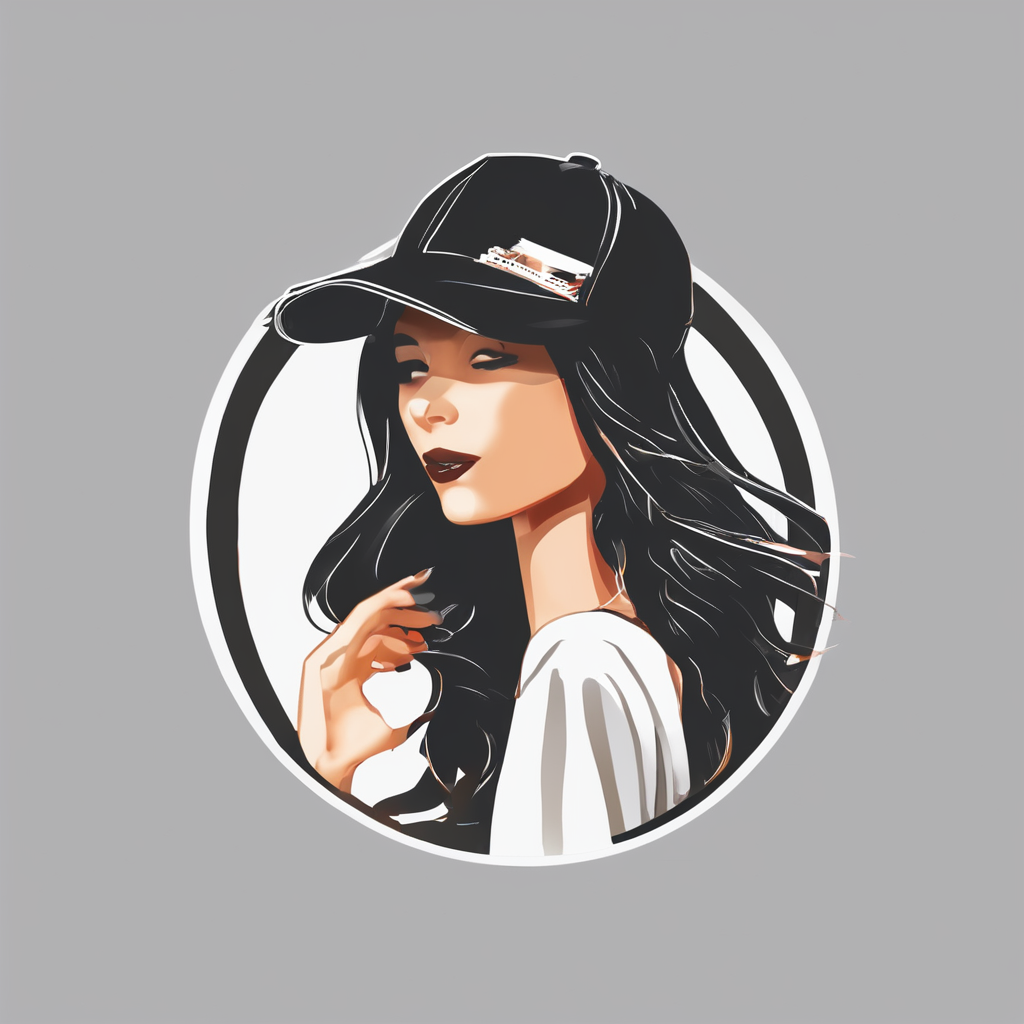Technological Innovations Transforming UK Women’s Fashion Design
Emerging fashion technology UK is reshaping women’s fashion design through digital innovation. One major advancement is the widespread adoption of 3D fashion design software, which enables designers to create accurate digital prototypes. This technology accelerates the design process by eliminating traditional physical sample constraints, allowing rapid iteration and customization.
Artificial intelligence (AI) has become instrumental in transforming creativity and efficiency. In UK fashion, AI in fashion assists in precise trend forecasting by analyzing vast datasets, helping designers predict shifts in consumer preferences. Moreover, AI tools stimulate design creativity by generating pattern suggestions or automating repetitive tasks, thus freeing designers to focus on innovation.
Also to read : How is UK women’s fashion adapting to changing work environments?
Another significant breakthrough is in digital textile printing. This method enables high-detail, bespoke patterns on fabrics with minimal waste, supporting both artistic expression and sustainability goals. Combined with material innovation, it allows exploration of new textures and functionalities that were previously difficult or costly to achieve.
Together, these innovations—from digital design tools to AI-driven insights—are revolutionizing how UK women’s fashion brands conceptualize, prototype, and produce collections, marking a new era of creative and technological synergy.
In parallel : How Has UK Women’s Fashion Evolved This Year?
Notable UK Brands and Designers Leveraging Technology
In the UK, fashion technology UK is fully embraced by several pioneering brands and designers integrating digital design tools to transform how clothing is conceptualized and produced. Many leading UK fashion designers now use 3D fashion design software for virtual sampling, reducing the need for physical prototypes. This boosts efficiency and cuts costs while allowing quick modifications based on client feedback.
Prominent designers adopt AI in fashion to enhance creativity and sharpen market understanding. By analysing consumer preferences and sales data, AI algorithms support data-driven decision-making that keeps collections relevant and trend-responsive. For example, AI-generated pattern variants help designers experiment with novel aesthetics without starting from scratch.
Collaborations between fashion houses and technology companies catalyse innovation. These partnerships often lead to bespoke tools tailored to each brand’s needs, further accelerating digital innovation in fashion. The synergy between UK creatives and tech experts fosters an ecosystem where digital design tools and AI converge to push boundaries, demonstrating the growing sophistication of fashion technology UK.
Changes to Workflow, Creativity, and Collaboration
The adoption of fashion technology UK has profoundly shifted the fashion design workflow for women’s fashion. Cloud-based platforms now enable seamless digital collaboration tools, allowing UK design teams to work remotely yet efficiently. This means multiple stakeholders can review and modify designs in real time, greatly accelerating decision-making and reducing delays.
Enhanced creative possibilities arise from advanced digital sketching and rapid prototyping. Designers can instantly visualise ideas in 3D, experimenting with colours, textures, and shapes without needing physical samples. This iterative process boosts creativity by encouraging far more experimental approaches.
Real-time feedback mechanisms embedded in these digital tools provide critical input loops. For example, integrated consumer analytics or in-house reviewer comments give designers immediate insights, improving accuracy and alignment with market demands.
Together, these innovations foster a highly collaborative environment where creativity flourishes. The traditional barriers of location and physical prototyping shrink as fashion technology UK transforms the creative process into a flexible, streamlined, and more responsive experience.
Technology’s Impact on Sustainability and Ethical Fashion
Fashion technology UK plays a pivotal role in advancing sustainable fashion by significantly reducing waste throughout the design and production phases. Digital sampling, a key facet of this innovation, replaces multiple physical prototypes with precise virtual models. This technique cuts material consumption and lowers environmental impact, directly benefiting brands committed to greener practices.
Moreover, seamless integration of digital design tools allows UK designers to plan collections more efficiently, optimising fabric use and avoiding overproduction. This streamlining supports ethical design practices, as resources are conserved and excess inventory is minimised.
Blockchain technology, increasingly explored within fashion technology UK, enhances transparency and traceability. By securely tracking garments from raw materials to finished products, consumers gain confidence in ethical sourcing and manufacturing processes—critical factors in today’s conscientious market.
Together, these technologies transform sustainability from an abstract ideal into actionable, practical outcomes for UK women’s fashion. The synergy between digital design tools and ethical imperatives fosters a responsible, innovative industry that respects both the planet and its people.
Technological Innovations Transforming UK Women’s Fashion Design
In UK women’s fashion, the adoption of 3D fashion design software and digital design tools is revolutionising how collections come to life. Designers now create detailed digital prototypes, enabling quick adjustments without physical samples, which accelerates production cycles while maintaining precision. This shift allows brands to respond rapidly to market trends and customer feedback.
AI in fashion plays a critical role in refining design creativity and enhancing accuracy in trend forecasting. By processing extensive consumer data, AI predicts emerging styles and guides designers on palette and pattern choices. Beyond forecasting, AI assists in automating repetitive design tasks, freeing designers to focus on innovation and experimentation.
Advances in digital textile printing complement these tools by enabling intricate, customised fabric patterns with minimal waste. Combined with material innovations, these technologies offer new textures and functionalities previously unattainable. Collectively, the integration of fashion technology UK harnesses these capabilities to transform the creative process, making design both efficient and imaginative.







